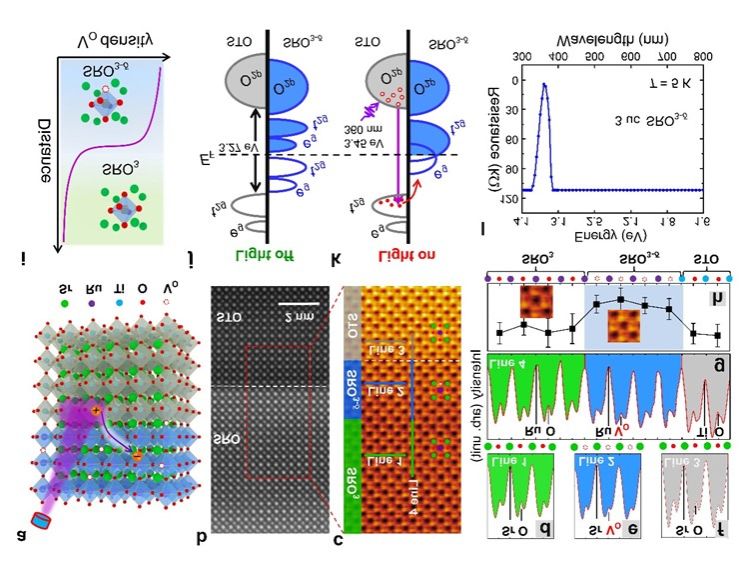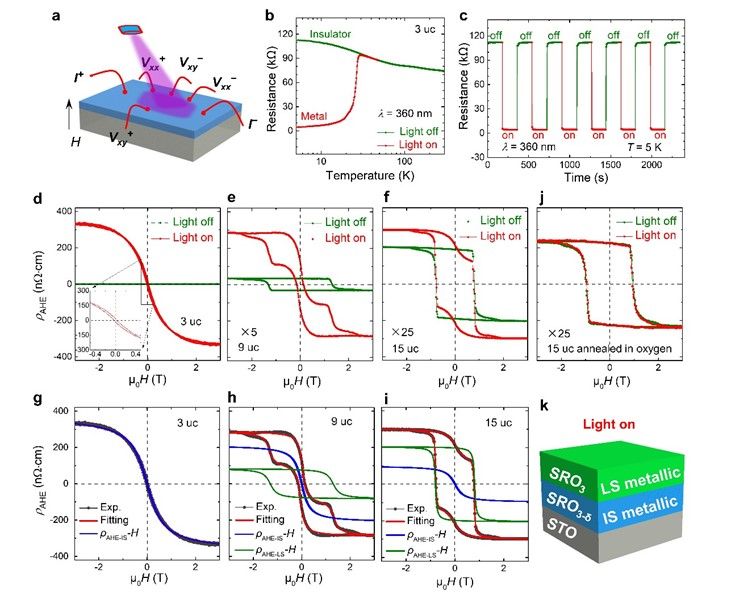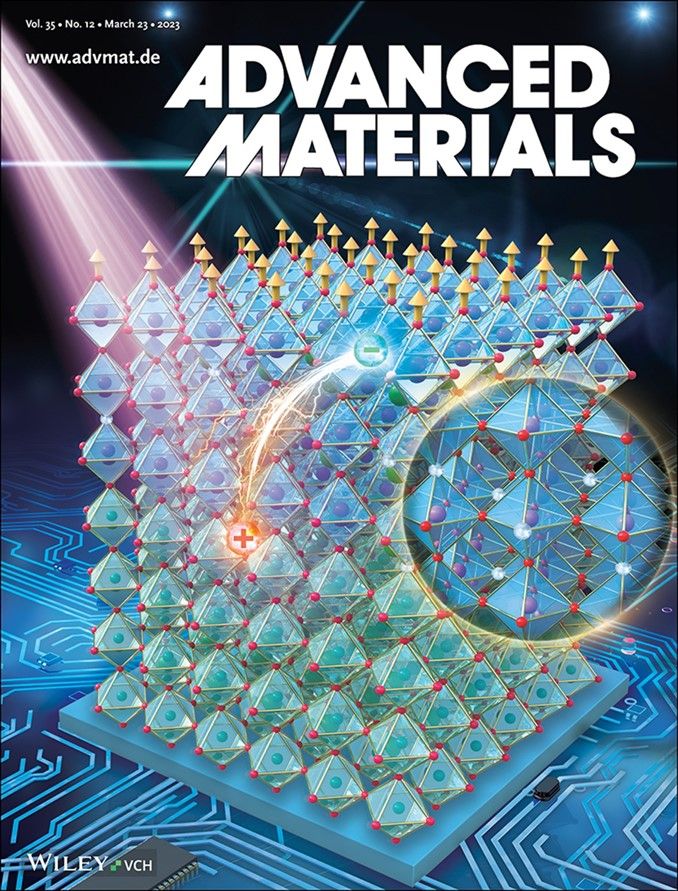Recently, Professor Wang Xuefeng and Professor Zhang Rong from School of Electronic Science and Engineering, together with other research groups, published a paper titled “Enhanced Superconductivity and Upper Critical Field in Ta-Doped Weyl Semimetal Td-MoTe2” on Advanced Materials(https://doi.org/10.1002/adma.202211612).
The abstract of the paper is as following:
2D transition metal dichalcogenides are promising platforms for next-generation electronics and spintronics. The layered Weyl semimetal (W,Mo)Te2 series features structural phase transition, nonsaturated magnetoresistance, superconductivity, and exotic topological physics. However, the superconducting critical temperature of the bulk (W,Mo)Te2 remains ultralow without applying a high pressure. Here, the significantly enhanced superconductivity is observed with a transition temperature as large as about 7.5 K in bulk Mo1−xTaxTe2 single crystals upon Ta doping (0 ≤ x ≤ 0.22), which is attributed to an enrichment of density of states at the Fermi level. In addition, an enhanced perpendicular upper critical field of 14.5 T exceeding the Pauli limit is also observed in Td-phase Mo1−xTaxTe2 (x = 0.08), indicating the possible emergence of unconventional mixed singlet–triplet superconductivity owing to the inversion symmetry breaking. This work provides a new pathway for exploring the exotic superconductivity and topological physics in transition metal dichalcogenides.

1. Microscopic characterization of the SrRuO3-δ interfacial layer with photogenerated charge transfer and oxygen deficiency. (a) Schematic diagram of photogenerated charge transfer at the heterojunction interface. (b-i) Microscopic electron microscopic characterization of the oxygen-deficient SrRuO3-δ interfacial layer and the non-oxygen-deficient SrRuO3 upper layer. (j,k) Schematic of density of states of SrRuO3-δ/SrTiO3 heterojunction with and without photoexcitation, showing Mott insulator-metal transition behavior under photoexcitation. (l) Wavelength-dependent photoresistive changes.

2. Ferromagnetic SrRuO3-δ ultra thin films with intermediate spin states. (a-c) Hysteresis lines and their corresponding fitted curves for SrRuO3 films of different thicknesses, measured at 5 K. (d) Orbital electronic structure with low spin state (Ru 4d4) and intermediate spin state (Ru 4d5).

3. photoexcitation induced intermediate spin state of the substable ferromagnetic metallic phase SrRuO3-δ. (a) Schematic diagram of the optically modulated experimental device. (b) Electrical transport curves of heterojunctions with and without light illumination showing insulator-metal transition behavior. (c) Time evolution diagram of the periodic variation of transient photoresistance. (d-i) Magnetic field-dependent anomalous Hall resistance of heterojunctions of different thicknesses with and without light and their corresponding fitted curves, measured at 5 K. (j) Anomalous Hall resistance signal of annealed heterojunctions without oxygen deficiency with and without light. (k) Schematic diagram of a SrRuO3 heterojunction with all metallic features under photoexcitation.

4. Advanced Materials35 Volume 12 Inner Cover Picture.
Translator: Shao Yihang
Editors: Guo Ankang, Shao Yihang
